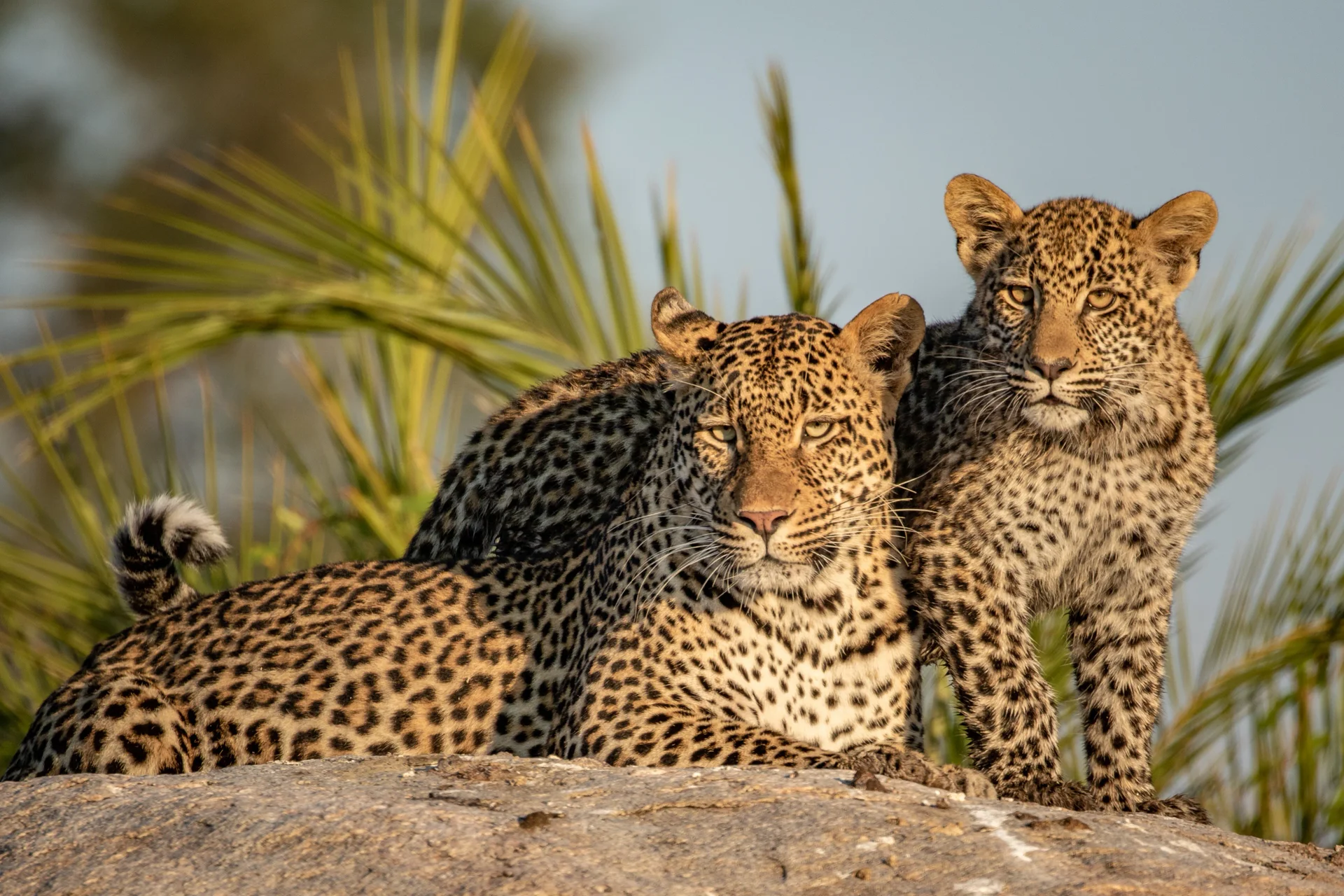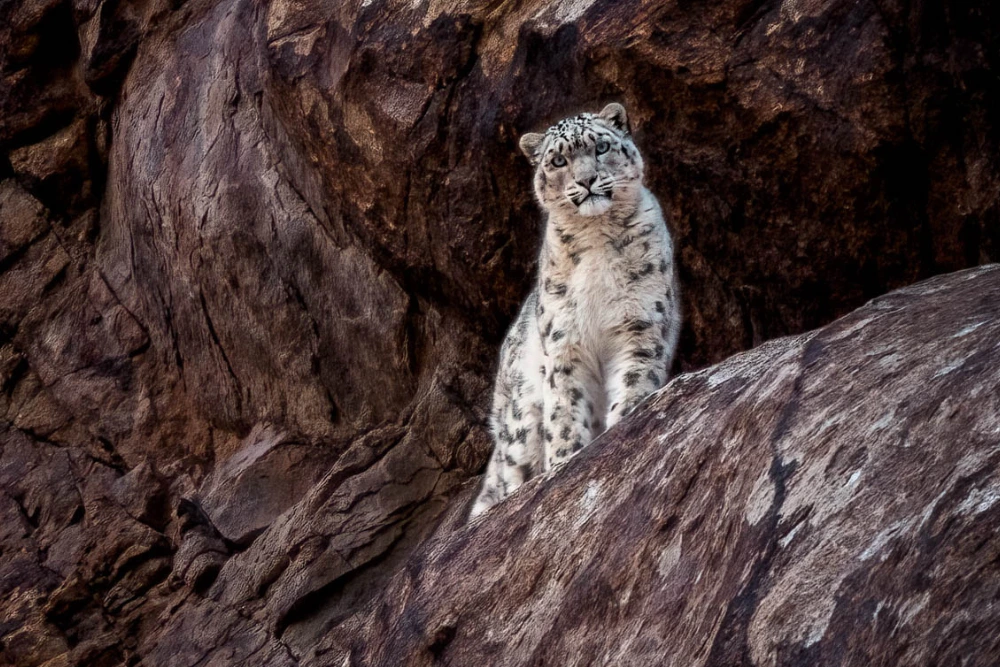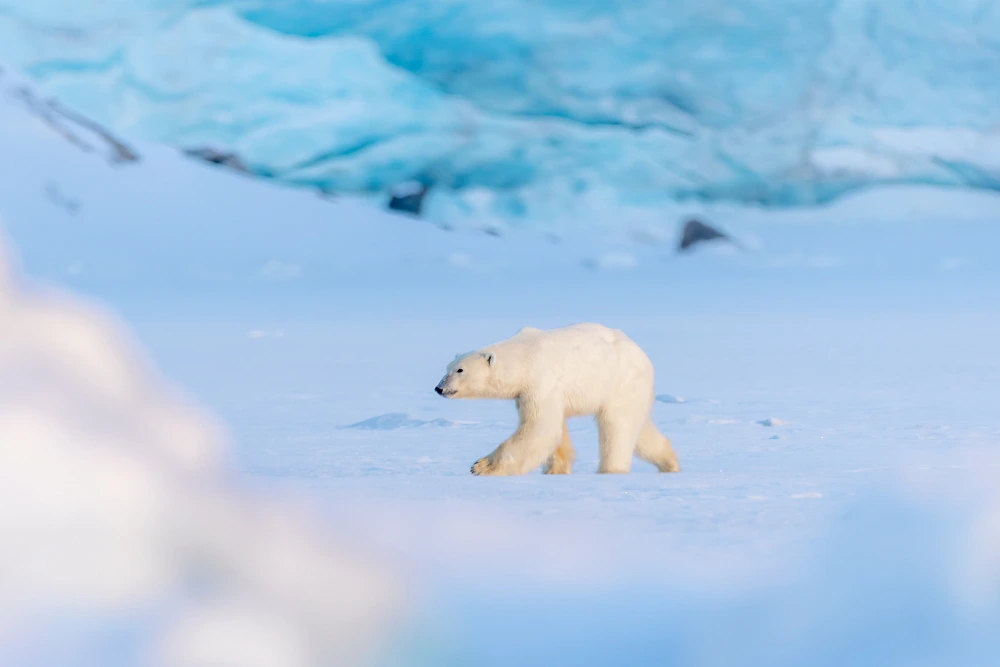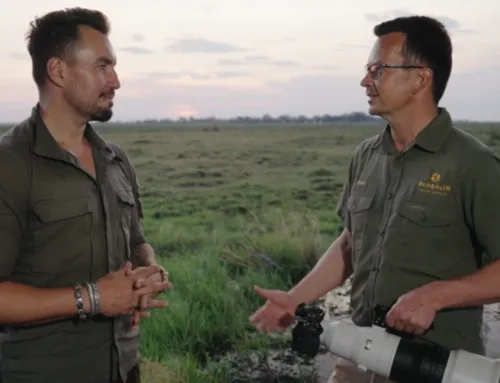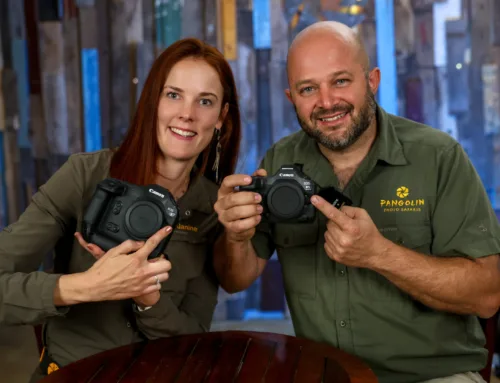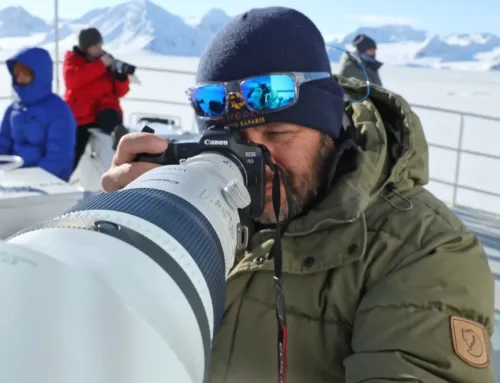Gear Review: Nikon Z6 for wildlife photography
In this video, Pangolin Photo Host Danielle Carstens highlights the six key features that she enjoys on the full-frame Nikon Z6 for wildlife and nature photography.
Danielle filmed this while on safari at Jaci’s Tree Lodge in Madikwe Game Reserve, South Africa. The camera was lent to Danielle by Nikon South Africa to try out but this is not a paid-for review in any way. Danielle is a Nikon photographer herself and currently shoots with a Nikon D850 as her primary camera body.
Enjoy watching the review, and below are the key takeaways from what she presented.
1) The In Body Image Stabilisation System (IBIS)
The 5-axis In-Body Image Stabilisation (IBIS) system on the Nikon Z6 can save you up to 3 stops of shutter speed on the subject.
For example, if you were shooting a subject at a focal length of 400 mm, you should, by a rule of thumb, shoot at no less than 1/400. For 200 mm, it would be 1/200.
So with IBIS, you are going to get an image that is just as sharp at 1/50s as you would have done at 1/400s with this system.
With IBIS you can shoot at a slower shutter speed, which is three stops slower than the suggested minimum based on the focal length. This is very handy in low-light conditions, for example, as the IBIS system will help you immensely.
The caveat to this, though, is you still wouldn’t want to be shooting a fast-moving subject like a bird in flight at 1/50s, as that would still blur out the image. For a portrait of a lion, for example, when hand-holding in lower light and there are movements in the vehicle to contend with, it’s very helpful.
2) The Frame Rate of the Nikon Z6
Most wildlife photographers will agree that a frame rate of 12 frames per second is pretty decent. This is especially true, too, when you don’t have blackouts between shots in the optical viewfinder, as you might with a DSLR.
This is a huge asset when you are tracking fast-moving subjects like a bird in flight, for example.
3) The Weight and the Size
The Nikon Z6 body only weighs 670 g, which is considerably lighter than a DSLR camera with comparable performance capabilities.
This can be a big advantage, especially when travelling, as every kilogram of weight counts not only as regards airline restrictions but also for the general carrying of heavy camera bags.
4) The Electronic Viewfinder
Mirrorless cameras have always had the stigma of, by their nature, a certain degree of lag between what is actually going on and what is being seen through the viewfinder. Technology, in this regard, is making great progress, and it didnt take Danielle very long to get get used to the tiniest amount of lag in a very short space of time.
What makes up for this is the quality of the image that is seen through the viewfinder instead. It is very sharp and super crisp and nice and bright.
The preview of the image while you are shooting is an exact representation of the shot you are going to get, which is a huge advantage. It also helps to see the taken image in review through the viewfinder instead of the LCD screen, as glare on the surface of that screen can be deceptive to the actual final result.
5) ISO Performance
All in all, the Nikon Z6 performs very well with high ISOs, thanks mainly to its DXO low-light score of around 3,300.
As you can see from the images in the film above, around the 4-minute mark (click here to jump to that part), the capabilities are right up there with most high-end DSLR and mirrorless cameras in the Nikon range. The images go up to ISO 8000.
6) The Tilting Screen on the Nikon Z6
Danielle had never really used tilting screens on other cameras before trying the Nikon Z6. With this camera, however, the focus speed is exactly the same whether you are using the LCD on the tilting screen or if you are looking through the optical viewfinder.
She found this feature particularly helpful when she was shooting from the Terrapin Hide up at a bird in a tree, waiting for it to fly. She simply flipped out the tilting screen, and this meant she didn’t have to crouch uncomfortably to see through the viewfinder to gain any advantage.
We always say that you can never go too low in wildlife photography, so when she spotted a feeding ground squirrel, she was able to rest the camera on the ground (at eye level with her subject), flip out the screen and get some great shots with a wonderful blurred background.
However….
Some potential negatives to be aware of are the fact that mirrorless cameras have a reputation for poorer battery life performance, but again, technology is coming on leaps and bounds, and this will probably be a non-issue very soon.
Lastly, unlike other cameras in the same price bracket, the Nikon Z6 only has a single card slot for an XQD memory card, whereas most mid- to high-end DSLRs offer two. Again, with the speed of the XQD and the real limit on size being your budget, we don’t see that as being much of a problem. Just buy more cards and learn how to swap them over with your eyes shut!
Conclusion
In conclusion, Danielle really enjoyed using this camera and is considering acquiring one for herself to complement her other Nikon gear. She only had access to the camera for a few days on location on safari at Jaci’s Tree Lodge in Madikwe, but it was more than enough time to make a positive, lasting impression.
If you are interested in joining our Photo Hosts on safari, then please take a moment to have a look through the safaris that we offer.
